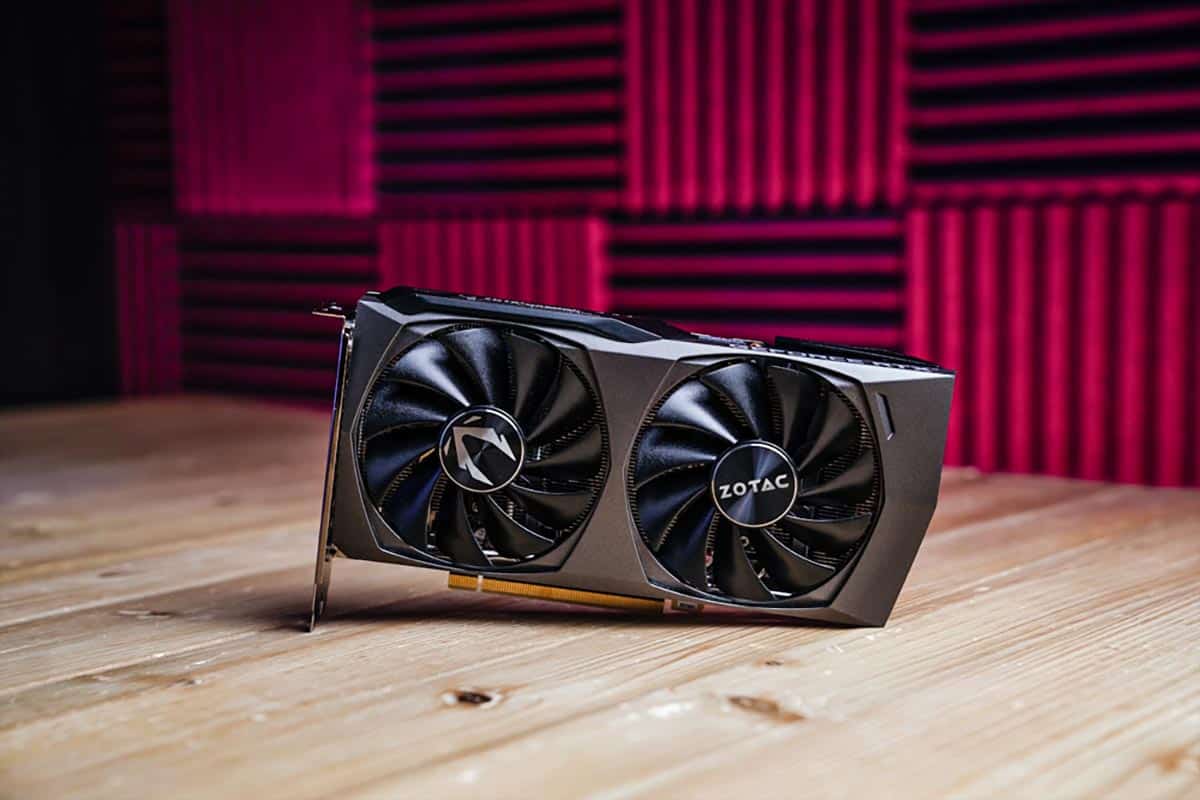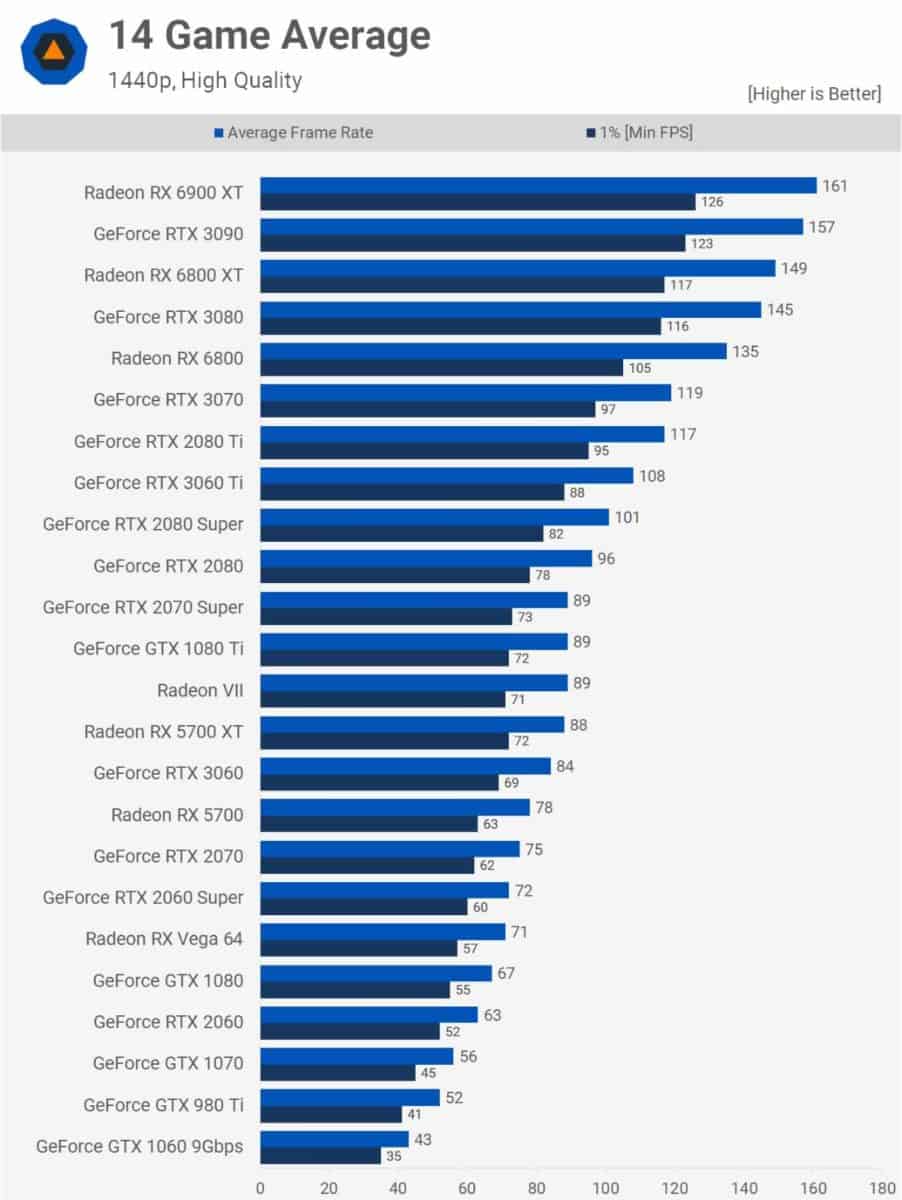
Last Updated:
For another comparison, we analyze the Nvidia RTX 3060 vs RTX 2080. With a generational difference, there may be some changes to be had. Even though on different parts of the lineups there can be some surprises to be found with how they fare. But which one can be your next best graphics card?
The newer RTX 3060 was released in February 2021, a few months after the initial release of the 30 series of cards. Whilst the RTX 2080 was part of the initial lineup for the 20 series. Released in September of 2018. So there is a generational difference but also within that generation there are some differences.

ASUS ROG Strix NVIDIA GeForce RTX 3060 OC Edition


ASUS GeForce RTX 2080 8GB OC Edition

Pros
Aesthetically one of the nicest 2080’s we tested
Fantastic RGB across multiple zones
Cons
The most expensive card on the list
Limited ray tracing games available
Architecture
One key difference between the two different graphics cards is the architecture of building the GPU die. The 20 series is based on the Turing architecture that utilizes TSMCs foundry. Whilst the 30 series is the Ampere architecture, that moved on to Samsungs production.
More specifically the Ampere GPU is the GA106-300. Made with an 8nm process size it creates a die size of 276 mm² containing 12 billion transistors. Whereas the Turing card is the TU104-400A variant. Which in turn uses a 12nm process size creating a die 545 mm² in size, containing 13.6 billion transistors.

Specifications
| RTX 3060 | RTX 2080 | |
|---|---|---|
| GPU | GA106-300 | TU104-400A |
| Shaders | 3,584 | 2,944 |
| RT cores | 28 | 46 |
| TMUs | 112 | 184 |
| Memory | 12 GB GDDR6 | 8 GB GDDR6 |
| Base clock | 1,320 MHz | 1,515 MHz |
| Boost clock | 1,777 MHz | 1,710 MHz |
| Memory clock | 15 Gbps | 14 Gbps |
| Card bus | PCIe 4.0 x16 | PCIe 3.0 x16 |
| Memory bandwidth | 360.0 GB/s | 448.0 GB/s |
| TDP/TBP | 170 W | 215 W |
We also compare the RTX 3060 vs 2080 in terms of specifications. Although they may vary in architecture and so there will be core differences. However, there are some parts that can be used.
GPU die cores
The cores are what make up the graphic card dies, with each part specialized for particular tasks. Working on particular equations to create the scenes. In particular, there are shaders creating shadows and shading. Whilst RT cores compute real-time ray tracing and TMUs work on 3D objects.
Between the two cards, we find the differences in the cores can be hard to make a direct comparison. But we see that the Ampere has much more reported shaders. The 3060 has over 600 more cores than the 2080. Whilst the Turing card has nearly double the ray-tracing cores and plenty more TMUs. Although their usage and optimization may vary.
VRAM
The video memory of a graphics card is used for a frame buffer and pixel storage. With different quantities and speeds aiming to improve the gaming experience. One way is allowing larger resolutions more space for their bigger pixels. Or lower latencies between components for a smoother experience.
Between the two GPUs, they utilize the same GDDR6 memory. However, they have different capacities and bandwidths. With the 3060 having 12 GB, across a 192-bit bus clocked at 15 Gbps it gives a bandwidth of 360.0 GB/s. Whereas, the 2080 has only 8 GB across a 256-bit bus. Clocked at 14 Gbps, it produces a bandwidth of 448 GB/s. Likely helping the card in larger resolutions more than the capacity.
Frequency
Also known as the clock rate or cycle is how often the silicon crystals switch. Which in turn is the speed at which the instructions are processed to create the graphics. Which makes it a perfect candidate for overclocking to get the most out of it.
The clock rates between the two cards are fairly similar. Mostly changing in the base clock with a much lower rate for the newer card. So the 3060 has a 1,360 MHz base clock instead of the 1,515 MHz of the 2080. Whilst the boost clock is similar with 1,777 MHz in the Ampere card and 1,710 MHz in the Turing GPU. This means you can save some energy and work with the 3060 working less on daily non-stressed tasks.

Thermal design power
The TDP determines the maximum power utilized by the GPU at maximum utilization. Which indicates how much energy it will consume. But in turn how much heat it will give off with the energy conversions and waste energy. Between the two cards, the 2080 has a larger TDP. With 215 W compared to 170 W you’d expect a higher energy bill and much more heat given off by the older card.
Bus interface
PCIe is the connector between the GPU and motherboard. It has generations and lanes that are combined to allow communication between the components. With the generational differences doubling the throughput each time.
Between the two GPUs, we do see a change in versions. And so 2080 has a Gen 3 x16 slot whilst the 3060 uses Gen 4 x16. This doubles the throughput from 15.754 GB/s to 31.508 GB/s. Allowing for better performance if it produces enough data to fulfill those lanes.
RTX 3060 vs RTX 2080 performance
In 3DMark’s benchmarks, we see the RTX 3060 achieving a score of 8,766 with a value for money of 26. Whereas, the RTX 2080 has a score of 11,016 with a value for money of 15. This does show the newer card can offer better value for money in terms of raw performance.
From TechSpot’s review of the RTX 3060, we can see the performance comparison in terms of gaming. We see the 2080 outperform the 3060, with a 14-game average at 1080p of 129 FPS and 101 FPS 1%. Compared to the 116 FPS average and 94 1%. With the 1440p showing a 96 FPS average for the 2080 and 84 FPS for the 3060. With the average Wattage under load reaching 254 W for the 2080 and 178 W for the 3060.


Price
We compare the MSRP of the two cards, although that may not be the final price we see the initial value of the two. The 3060 had a launch price of $329, whilst the 2080 was set to $699 a few years back. So double the price for a bit of extra performance.
Although the GPU market has been steadily returning to normal MSRP, there are still some discrepancies. With Nvidia GPUs averaging higher, the more popular choices are even higher. So finding the 3060 at MSRP is a challenge with the lowest options from $399. Although the older 2080 is much harder to locate with less used cards from higher or used for much cheaper at $400. Although the performance may not be the same.

MSI RTX 3060 Gaming X Trio 12G

Pros
Quiet triple-fan cooling solution
EVGA Geforce RTX 2080 XC Gaming 8GB

Pros
Attractive, translucent design
Conclusion
To conclude the RTX 3080 vs 2080 comparison there are multiple parts to consider. As even though the RTX 2080 wins on outright performance it is older, more expensive, and much less efficient. TechSpot informed us the 3060 has a much lower cost per frame at $3.92 compared to the 2080s $7.29 at MSRP. So if it has the performance the newer card is the better option.
Although with the current market cost and stock it may be worth waiting for the next generation. With the Intel Arc Alchemist the next likely release at the end of Summer 2022. With Nvidia RTX 40 series and AMD RDNA 3 cards expected by the end of 2022 also. Which would give you more options or better deals on the current selection.






